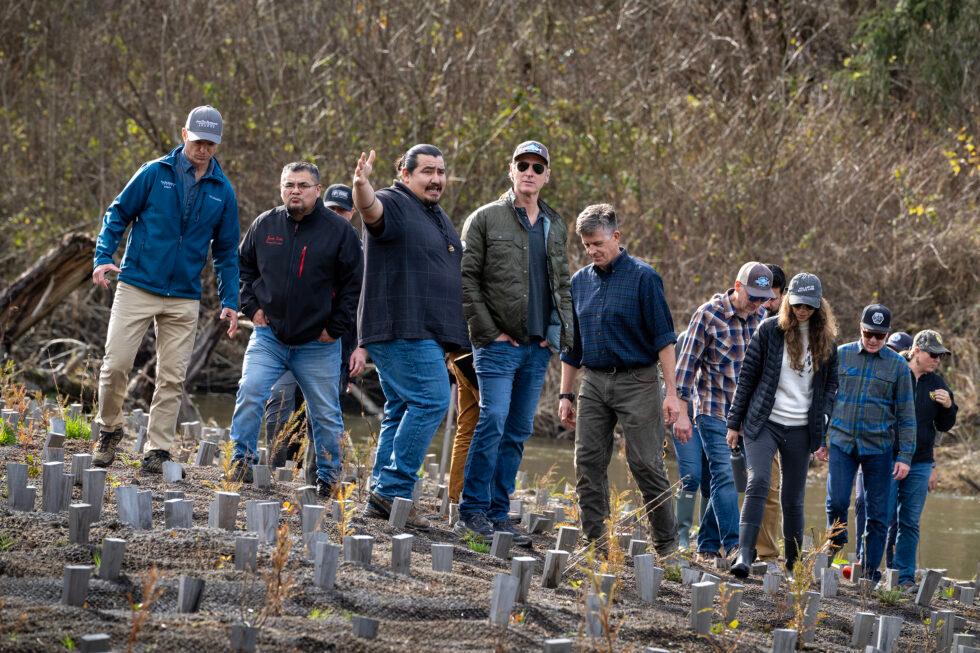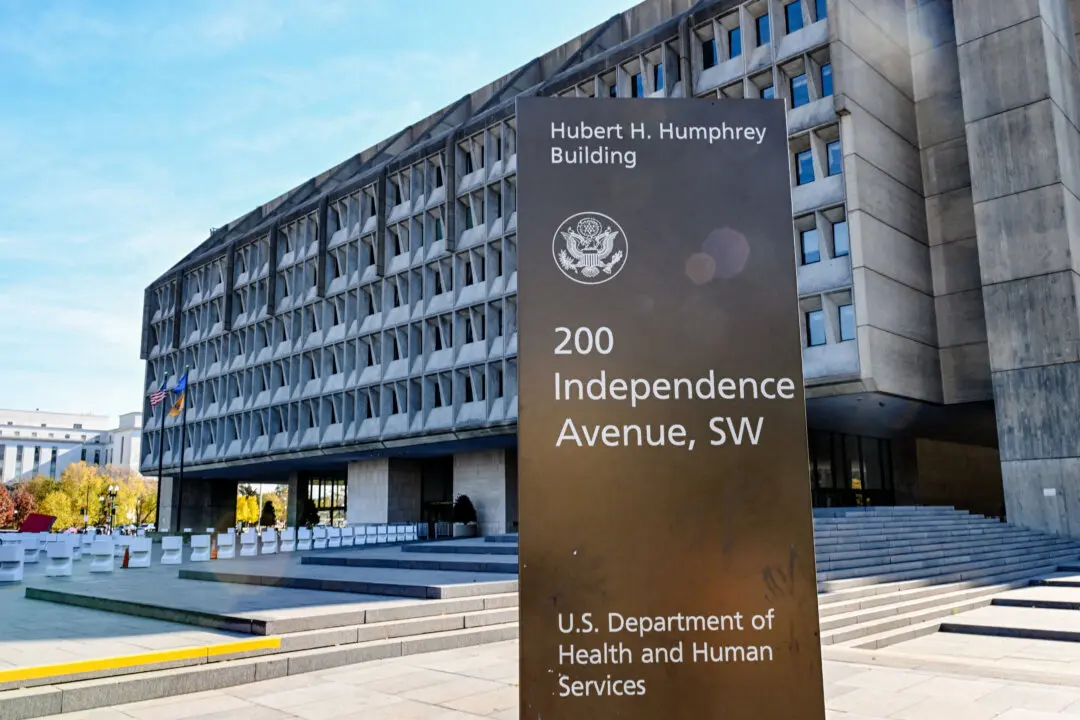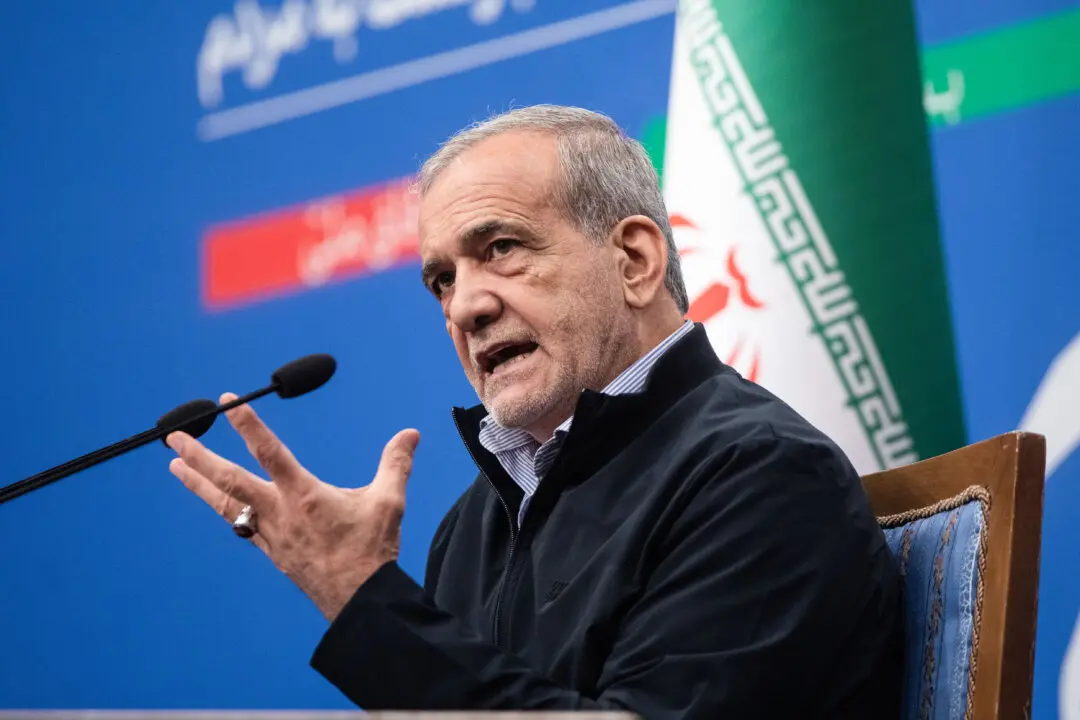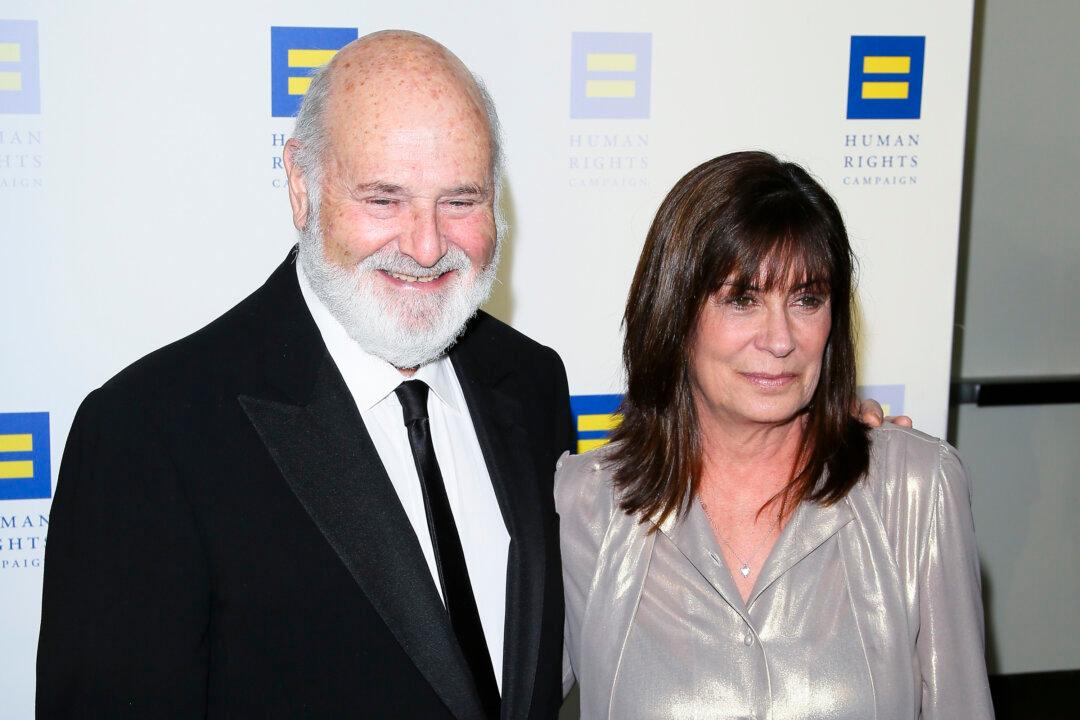California is helping to return about 39,000 acres to Native American tribes through a grant program, the governor’s office announced April 26.
The effort is part of a first-in-the-nation plan to “address historical wrongs committed against California Native American tribes,” Gov. Gavin Newsom said.





